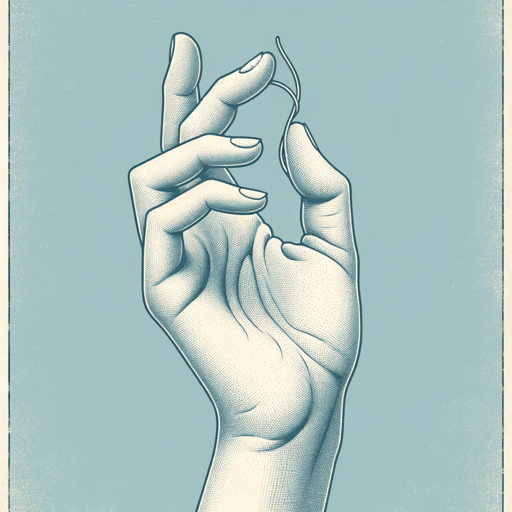18 pages • 36 minutes read
Naomi Shihab NyeMaking a Fist
Fiction | Poem | Adult | Published in 1988A modern alternative to SparkNotes and CliffsNotes, SuperSummary offers high-quality Study Guides with detailed chapter summaries and analysis of major themes, characters, and more.
Literary Devices
Form and Meter
“Making a Fist” is written in free verse—a poetic form with no consistent rhyme or meter. The poem has 17 lines divided into three stanzas, with an epigraph at the beginning of the poem.
The form of Nye’s poem can be divided into three parts. The first stanza relates a memory the speaker has of childhood carsickness with vivid, figurative language. In the second stanza, Nye uses dialogue to create a connection between the child and her mother, with one line of dialogue for each person. The stanza centers around generational advice being passed down. Finally, in the third stanza, Nye shifts to the future with abstract, metaphoric lines tying the speaker’s adult self with her child self, exploring the relationship between the past and present.
Epigraph
An epigraph is a quotation at the beginning of a text used to figuratively convey the messages and themes within the work without blatantly stating them. The epigraph at the beginning of “Making a Fist” is a quotation from the Argentinian writer Jorge Luis Borges. It speaks on the mortality surrounding humanity, and how “we forget” (Epigraph) this.
Related Titles
By Naomi Shihab Nye

300 Goats
Naomi Shihab Nye

Alphabet
Naomi Shihab Nye

Blood
Naomi Shihab Nye

Burning the Old Year
Naomi Shihab Nye

Different Ways to Pray
Naomi Shihab Nye
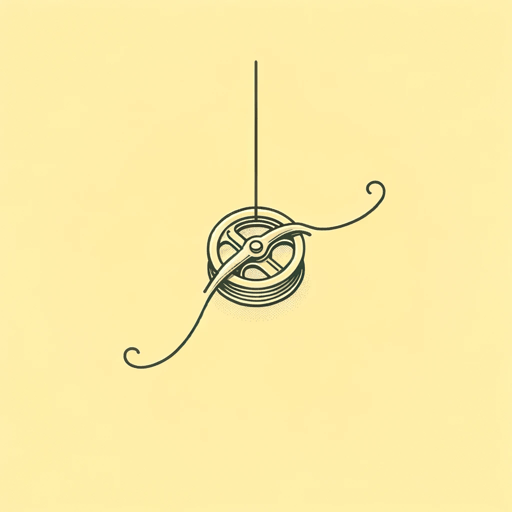
Famous
Naomi Shihab Nye
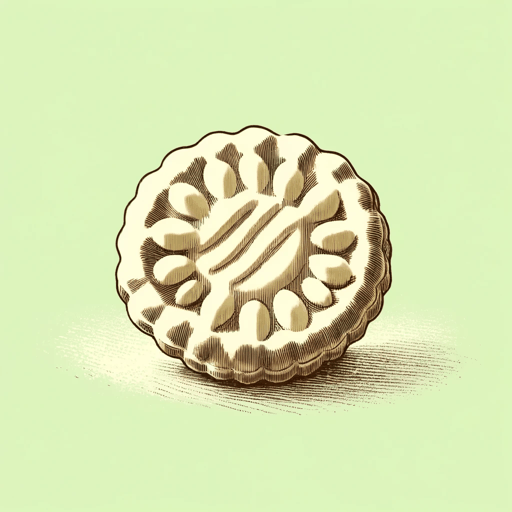
Gate A-4
Naomi Shihab Nye

Jerusalem
Naomi Shihab Nye

Kindness
Naomi Shihab Nye

Morning Song
Naomi Shihab Nye

My Uncle’s Favorite Coffee Shop
Naomi Shihab Nye
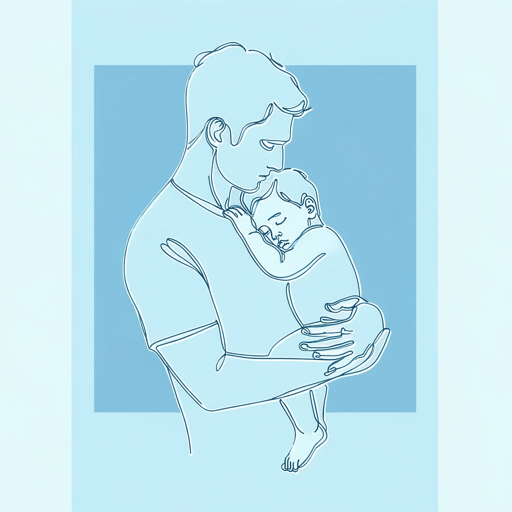
Shoulders
Naomi Shihab Nye

The Art of Disappearing
Naomi Shihab Nye

The Rider
Naomi Shihab Nye

The Turtle of Oman
Naomi Shihab Nye
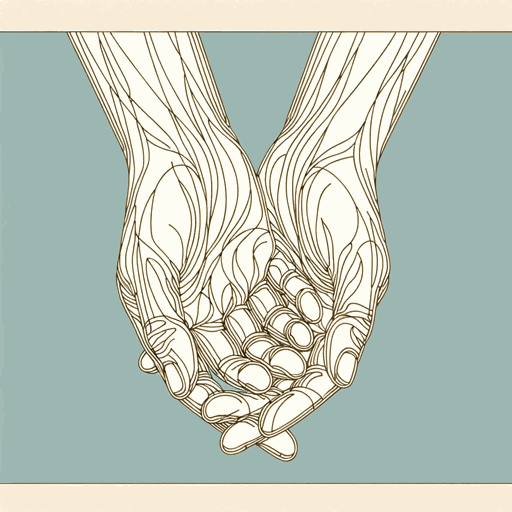
The Words Under the Words
Naomi Shihab Nye

Valentine for Ernest Mann
Naomi Shihab Nye
